Have you ever take a trip because of a book? I just did.
I’d always wanted to go to Vienna, but every time I got as far as Munich or Salzburg, it seemed I always had a reason to head elsewhere or hurry home. This time it would be different. I wanted to walk in the footsteps of The Lady in Gold by Anne Marie O’Connor.
I enjoyed the movie The Woman in Gold (I enjoyed Helen Mirren’s witty little quips), but it didn’t come close to covering the breadth and depth of the book.
From O’Connor’s book you get the whole story. You learn all about Gustav Klimt, his background, his rise to fame, and his women. About Adele Bloch-Bauer, her affluent Jewish family and her sophisticated intellectual circle. We learn how Klimt came to paint Adele’s famous portrait and how it became the Mona Lisa of fin de siècle Austria.
We don’t just learn what became of The Lady in Gold after the Germans took over in 1938, we see how the entire Bloch-Bauer family suffered under Nazi rule. The Gestapo terrorized and extorted wealthy Viennese families to gain access to their factories, valuables and bank accounts which would be used to fuel their war machine. The story is much, much bigger than the story of one painting.
The losses of this extended family are staggering. Adele’s widowed husband Ferdinand Bloch-Bauer gave up his home and valuables in Vienna (with The Lady in Gold still inside) and escaped to his castle in Prague until that too was overtaken by the Nazis. Ferdinand lived until 1945, when he would die impoverished and alone in Switzerland. Adele’s nephew Leopold was arrested by the Gestapo and held until he promised to turn over the stock to the family sugar company. (Interesting sidebar: in 2005, Leopold’s heirs would receive $21 million in restitution for the theft of the sugar company, made possible by the collaboration of Swiss banks. Read more here.)
Adele’s niece Maria (played in the movie by Helen Mirren) and her new husband Fritz Altmann were able to sneak out of Vienna to England, thanks to the cash and connections of her father-in-law who owned a factory in Liverpool. Adele’s other niece, the Baroness Luise Gutmann, became trapped in Yugoslavia with her husband Viktor and her children. Viktor was arrested and killed by the Nazis, but Luise and the children survived. The remaining members of the Bloch-Bauer, Altmann and Gutmann families emigrated to Los Angeles and Vancouver after the war, living in close connection with other Austrians.
O’Connor even came upon a fascinating true story about how a different kind of “gay marriage” saved Jewish lives in Vienna. Gay culture had in fact flourished in artistic circles before the Nazis arrived. An underground network of eligible “Aryan bachelors” offered to marry Jewish women and get them out of Austria. A Bloch-Bauer in-law, Ada Stern, found a gay Dutch man who did exactly that.
Not surprisingly, the movie just scrapes the surface of all this tragic and important history of wartime Vienna. The Lady in Gold by Anne-Marie O’Connor is a must-read whether or not you have seen the movie. And once you’ve read it, you too will probably want to visit Vienna and walk in the footsteps of Gustav Klimt and Adele Bloch-Bauer.
First on my Lady in Gold literary tour was a walk to Adele Bloch-Bauer’s home near the Vienna Opera on Elisabethstrasse.

Standing in front of 18 Elisabethstrasse, the home of Ferdinand and Adele Bloch-Bauer. They moved into this four-story palatial townhouse across from the Academy of Fine Art in 1919. In 1925, Adele died here, leaving the will instructing her husband to leave her two Klimt portraits to the Austrian Gallery after his death.

18 Elisabethstrasse, where Adele Bloch-Bauer would hold Saturday salons with her artistic and progressive circle of friends, including Alma Mahler, Richard Strauss and Karl Renner, the former chancellor of Austria. (Renner was also Adele’s lover – Adele’s maid had to quietly remove his love letters from her nightstand upon Adele’s death.)

Adele Bloch-Bauer’s lovely and sophisticated neighborhood. She lived across the street from Schillerpark and the Vienna Academy of Art. (The same academy that would reject Adolf Hitler’s application in 1907 after he flunked the drawing exam.) As Anne-Marie O’Connor says in The Lady in Gold: “If Adele had passed Hitler on the street in Vienna in those days, carrying his pants and pastels, she would have seen only an unfortunate young man, lacking in confidence. She probably would have felt sorry for him.”

The Secession Building in Vienna, 12 Friedrichstrasse: A must-see for Gustav Klimt’s Beethoven Frieze. Klimt created the frieze in 1902 for the XIVth Secessionist Exhibit. The frieze stayed in place until 1903, the year that Klimt would begin his portrait of Adele Bloch-Bauer. If you’re following in my own footsteps, this building is just a couple of blocks from 18 Elisabethstrasse on the other side of the Academy of Fine Arts.

The Secession Building: Unfortunately photos aren’t allowed inside, so you’ll either have to visit for yourself or check out the photos on their website, http://www.secession.at/beethovenfries/index.html. Klimt made a stunning use of gold leaf and displayed a highly modern sensibility with a great deal of nudity. Adele would have had no illusions about what kind of portrait she would be sitting for. By the way, there is litigation over the Beethoven Frieze as well. Heirs of Erich Lederer, the owner of the frieze at the time of its “Aryanization,” have sued the Austrian government for its return. Although Lederer was paid $750,000 for the frieze in in 1973, it was far below its fair market value. The Austrian government and the Secession Building are fighting for the right to keep it. Read Anne-Marie O’Connor’s Huffington Post article here.

A visit to Vienna wouldn’t be complete without a trip to the Belvedere Palace, 27 Prinz Eugen-Strasse, which is just a short scenic walk from the Secession Building. This art museum might not be the home to the Lady in Gold anymore, but it still holds The Kiss, and plenty of other fabulous works of art.

I just had to go find the Jewish Holocaust Memorial that Ryan Reynolds visited at the end of the movie. It’s located in the Judenplatz, over in the older area of Vienna. It is named Silent Library and was designed to resemble book with their spines turned inward, which represents all the life stories that will never be known. Definitely worth the longer walk from the other sites.
The Lady in Gold by Anne-Marie O’Connor: Very highly recommended
For further reading:
The World of Yesterday by Stefan Zweig. I read this haunting autobiography-memoir while I was visiting Salzburg and Vienna this summer. One of the best book and travel pairings I’ve ever made. Set in Vienna, Salzburg, Paris and much of Europe, it was published after Zweig’s exile to Brazil and his subsequent suicide. It is a beautifully told story about the lost world of old world Vienna and the horror of a world in the midst of war. Fun fact (as revealed in The Lady in Gold): Stefan Zweig was a friend of Adele Bloch-Bauer. Very highly recommended.
The Painted Kiss by Elizabeth Hickey. The story of Gustave Klimt and his long-time companion, partner and muse Emilie Flöge, the subject of The Kiss.
The Hare with Amber Eyes by Edmund DeWaal. Read my prior posts here: Vienna Sites, and Paris Sites.
Freud’s Mistress by Karen Mack and Jennifer Kaufman (historical fiction set in turn-of-the-century Vienna).











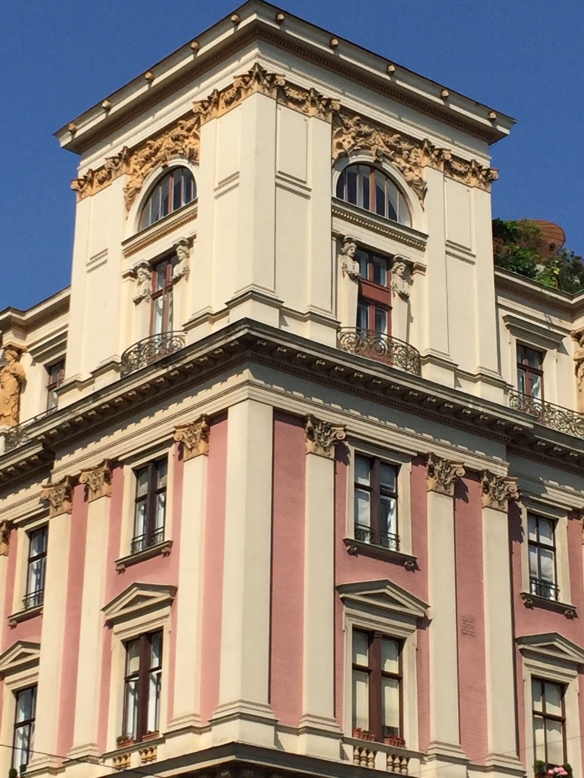














![Vanessa Bell, Viginia Woolf [In An Armchair] (1911-12), Oil on canvas, National Portrait Gallery, London](https://americangirlsartclubinparis.files.wordpress.com/2015/01/virginia-woolf-in-armchair-by-vanessa-bell-1912.jpg?w=584)












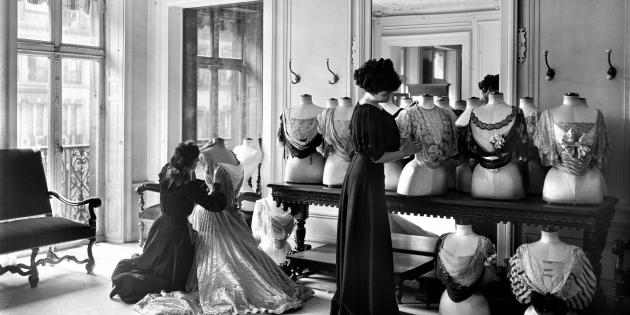





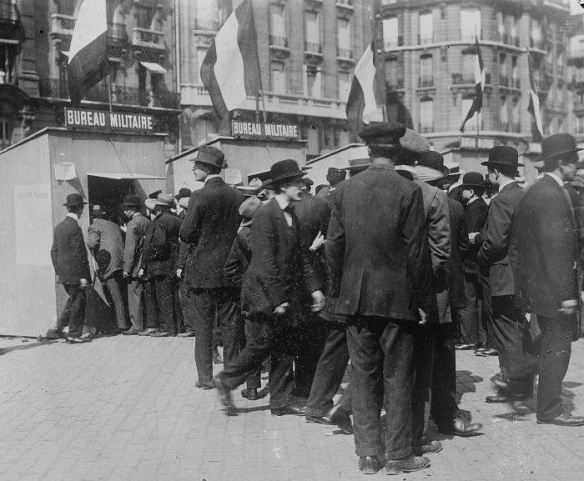














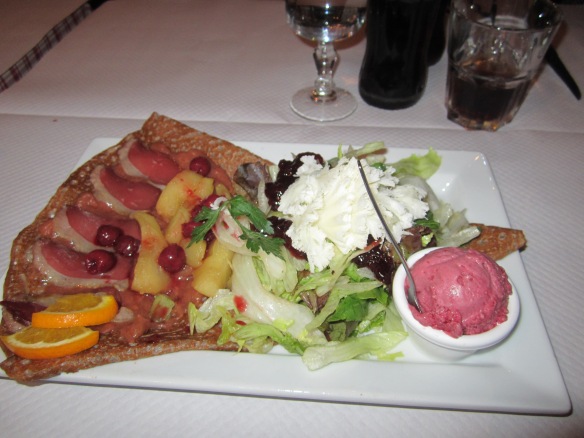







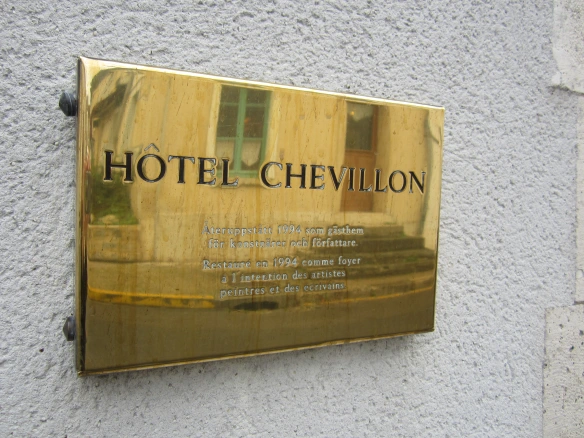












!["The grand viaduct which, according to Murray [the Alcott's 1870 guidebook to France] is about the finest in the world, fairly took away my breath." -- May Alcott in a letter to Anna Alcott dated May 30, 1870](https://americangirlsartclubinparis.files.wordpress.com/2013/04/img_3330.jpg?w=584&h=438)
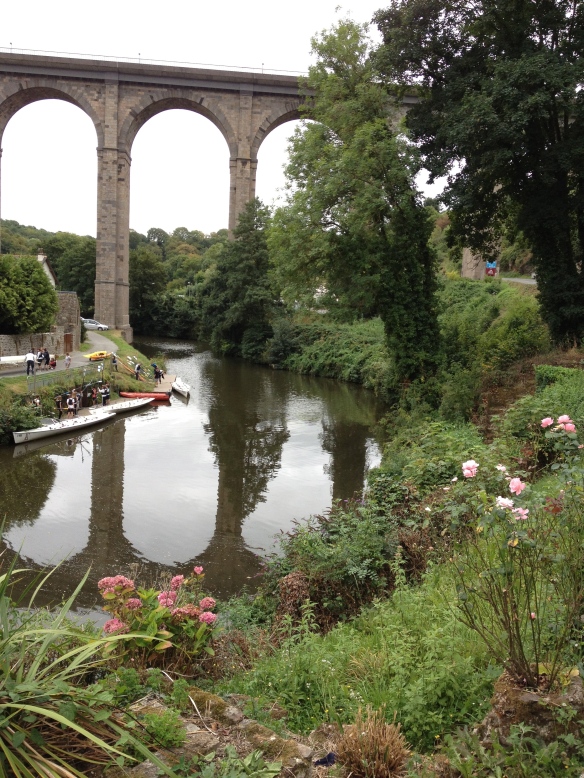




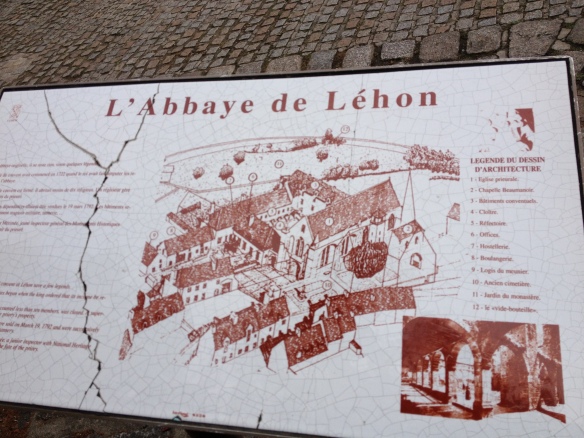





You must be logged in to post a comment.